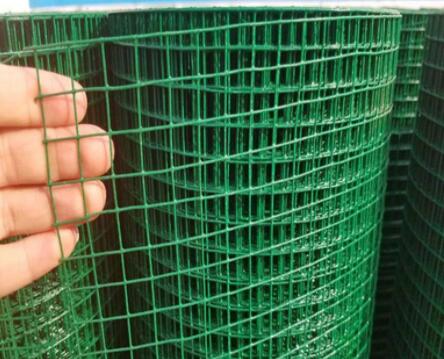Different Types of Building Nails
When it comes to construction and home improvement, nails play a crucial role. They are one of the most fundamental fasteners in the building industry, serving various purposes based on their design and composition. Understanding the different types of building nails can help both professionals and DIY enthusiasts choose the right one for their projects.
1. Common Nails
Common nails are the most widely used type of nail. They are thick and have a smooth shank, which makes them ideal for framing, general construction, and carpentry tasks. Typically used with a hammer, common nails come in various lengths and diameters to suit different materials and applications. It is essential to choose the right size to ensure sturdy connections in wood framing and structural support.
2. Finishing Nails
Finishing nails are smaller and have a smaller head compared to common nails. They are specifically designed for trim work and delicate applications, where a more aesthetic finish is required. The small heads can be easily concealed with paint or wood filler, making them ideal for attaching molding, trim, and cabinetry. Finish nailers are often used to drive these nails, allowing for greater precision and control.
3. Brad Nails
Brad nails are even thinner than finishing nails and typically measure 18-gauge. They are used for lightweight applications like attaching thin pieces of wood, decorative moldings, and crafting. The small size of brad nails allows for minimal splitting of delicate materials, making them perfect for intricate projects. Like finishing nails, brad nails can be concealed easily, contributing to a polished appearance.
4. Box Nails
different types of building nails

Box nails look similar to common nails but have a thinner shank, which makes them less likely to split the wood. They are often used in the construction of boxes, crates, and other wooden structures where reduced weight is desirable. Box nails also provide good holding strength, making them a popular choice for woodworking projects and light framing tasks.
5. Roofing Nails
As the name suggests, roofing nails are specifically designed for roofing applications. They have a large, flat head that helps to secure shingles in place while minimizing the risk of water penetration. Roofing nails typically come with a galvanized finish to prevent rusting and are usually longer than standard nails, allowing them to penetrate deeply into the wooden structure beneath the shingles.
6. Concrete Nails
Concrete nails are designed for fastening materials to concrete surfaces. Made of hardened steel, they feature a tapered, fluted design that allows them to penetrate tough surfaces effectively. Proper installation often requires a hammer or a nail gun, specifically designed for masonry work, to achieve strong adherence in concrete settings.
7. Spiral or Screw Nails
Spiral and screw nails are designed for applications requiring strong holding power. Their unique thread-like design helps grip into the material, reducing the likelihood of loosening over time. These nails are excellent for securing heavy-duty materials and are often used in outdoor applications due to their durability against weather elements.
Conclusion
Choosing the right type of nail is essential for the success of any construction or woodworking project. Understanding the characteristics and specific applications of different nails can make a significant difference in the quality and durability of the finished work. Whether you’re framing a house, installing trim, or working on a DIY project, the right nails will ensure your work stands the test of time. With this knowledge, you can confidently select the appropriate fastener for your building needs.

















